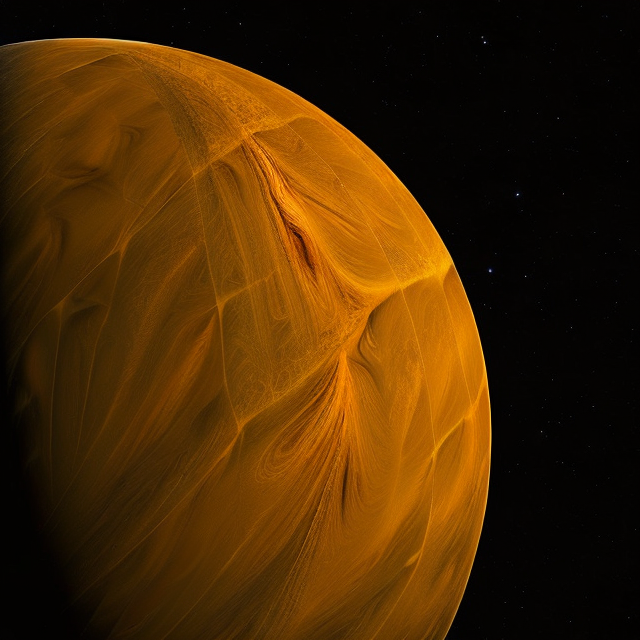|
|
Space Astro
|
Info for exoplanet "Turti"
| Scientific (actual) data |
|---|
| Name | Kepler-793 b |
| Planet status | Confirmed |
| Radius | 0.122 |
| Orbital period | 4.24154 |
| Discovered | 2016 |
| Updated | 2021-02-05 |
| Tconj | 2454970 |
| Publication | Announced on a website |
| Detection type | Primary Transit |
| Alternate names | 2MASS J19405199+3846275 b, K01214.01, KIC 3660924 b, KOI-1214 b, KOI-1214.01, WISE J194052.00+384627.8 b |
| Star name | Kepler-793 |
| Right ascension | 295.22° |
| Declination | 38.77° |
| Mag j | 13.353 |
| Mag h | 12.997 |
| Mag k | 12.871 |
| Star distance | 794 |
| Star metallicity | 0 |
| Star mass | 0.98 |
| Star radius | 0.97 |
| Star age | 4.27 |
| Star temperature | 5745 |
| Star alternate names | 2MASS J19405199+3846275, KIC 3660924, KOI-1214, WISE J194052.00+384627.8 |
| Wikipedia article | Kepler-793 b |
Back
| |
| Fictional info (?) |
|---|
| Suggested name | Turti |
| Planet type | Cold planet |
| Because of its rapid rotation, the planet's shape is that of an oblate spheroid (it has a slight but noticeable bulge around the equator). |
| Atmosphere | Hydrogen peroxide | 74% |
| Hydrogen | 21% |
| Oxygen | 2.9% |
| Ammonia | 0.95% |
| Hydrogen deuteride (HD) | 0.022% |
| Neon | 1.0E-6% |
| Atmospheric pressure | 20 bar |
 |
| No known satellites |
| Google search for Turti |
|
Website by Joachim Michaelis
|
|
|
|